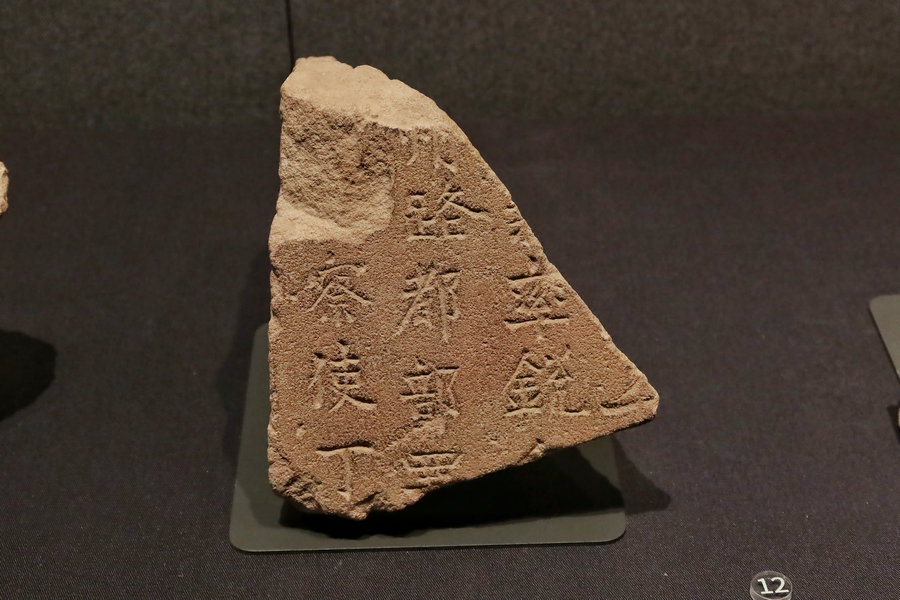Mounds claim their rightful place in history
Researchers piece together a fascinating tale to shed light on an exceptional saga, Wang Kaihao and Wang Ru report in Yinchuan.


Track into the past
Centuries passed. Sands and time blurred people's memory about the graves. In the 1930s, when a German pilot flew over what is now known as Mausoleum No 3 — the largest tomb among the complex — and took aerial pictures, he described it as "a huge anthill".
Its true identity as a site of imperial tombs only re-emerged in the 1970s when Chinese archaeologists first launched excavations on the site. The "anthill" is actually a circular mausoleum pagoda, though the outside layers of construction, towering via bricks and tiles, had vanished.
Half a century's continuous research has greatly cleared questions surrounding the site, according to Chai Pingping, an archaeologist with the Ningxia Institute of Cultural Relics and Archaeology who is in charge of recent research on Xixia Imperial Tombs.
























